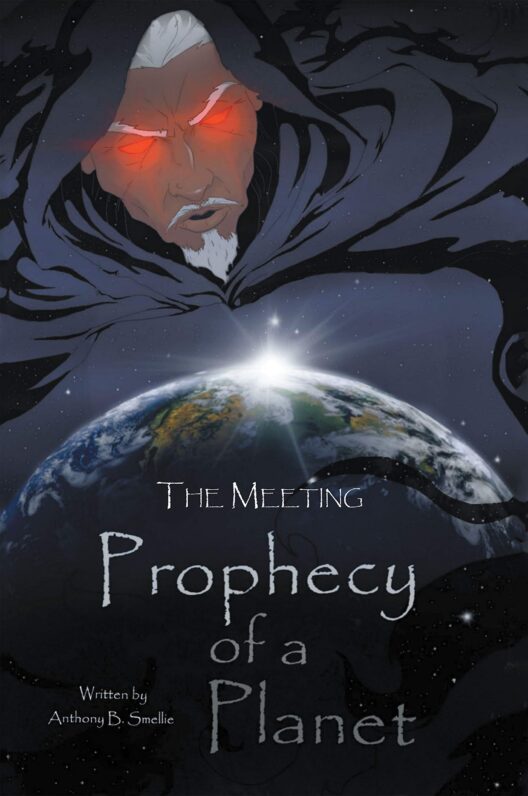As the world grapples with the consequential impacts of climate change, the urgency for energy conservation has never been more pronounced. The intersection of burgeoning human activity and finite natural resources has prompted humanity to reassess its energy consumption patterns. The question arises: how can the world conserve energy before it’s too late? This missive delves into multifaceted strategies across various domains—government policies, technological innovation, societal behavior, and lifestyle modifications—to illuminate how collective action can mitigate the looming energy crisis.
At the governmental level, robust policies are paramount in orchestrating a concerted effort towards energy conservation. Governments worldwide have a unique capability to influence energy use through legislation and regulation. Renewable energy incentives, such as tax credits and subsidies, can stimulate investment in solar, wind, and hydroelectric power sources. By implementing stricter regulations on energy efficiency standards, governments can compel industries to reduce their consumption. Moreover, funding research into sustainable technologies and energy storage solutions fosters innovation, paving the way for breakthroughs that could revolutionize how energy is harvested and utilized.
Transitioning to a circular economy represents another crucial facet to consider. Whereas traditional economic models often focus on linear processes—extract, produce, dispose—a circular economy seeks to maintain resources within the system for as long as possible. This involves designing products for longevity, promoting repairs over replacements, and advocating for recycling and reusing materials. Engaging in such practices not only conserves energy used in production but also mitigates the environmental degradation caused by waste.
Technological innovation serves as a salient avenue for improving energy efficiency. Consider the advent of smart home technology; devices such as smart thermostats optimize heating and cooling systems to operate only when needed, substantially reducing energy wastage. Similarly, advancements in LED lighting have demonstrated an extraordinary increase in efficiency compared to traditional incandescent bulbs. The introduction of energy management systems enables businesses to monitor and manage energy consumption, thereby identifying areas where savings can be made. Such technological paradigms illustrate the profound potential for reducing energy consumption through smarter infrastructure.
Moreover, the transport sector is a significant contributor to global energy consumption. Transitioning from fossil-fuel-dependent vehicles to electric or hybrid alternatives substantially reduces greenhouse gas emissions. Promoting public transport systems, biking infrastructure, and pedestrian-friendly urban planning can further decrease reliance on personal vehicles. Initiatives that encourage carpooling, telecommuting, and the use of alternative fuels collectively augment energy preservation effort.
However, the transition to more sustainable practices cannot solely rely on top-down approaches. Societal engagement is crucial for fostering a culture of conservation. Educational campaigns designed to raise awareness about the importance of energy efficiency can galvanize communities. When individuals understand how their choices impact the larger environmental narrative, they are more likely to adopt conscientious behaviors, such as turning off lights when not in use or utilizing energy-efficient appliances.
Behavioral economics plays a pivotal role in influencing individual decisions regarding energy use. Understanding the psychological factors that drive consumption can pave the way for strategies that promote sustainable choices. For instance, providing feedback on energy consumption in real-time has been shown to motivate individuals to reduce their usage. Social norms, too, can impact energy behaviors; campaigns that showcase collective saving efforts can amplify participation through peer influence.
Moreover, local initiatives, such as community solar programs, exemplify collective efforts toward energy conservation. By banding together, neighbors can pool resources to invest in renewable energy projects that benefit the entire community. Such collaborative ventures not only enhance energy autonomy but also foster a sense of solidarity among participants, which in turn strengthens societal resilience.
Lifestyle modifications significantly contribute to energy conservation as well. Encouraging individuals to adopt a minimalist lifestyle can lead to substantial reductions in energy consumption. The principle of “less is more” applies here; by prioritizing quality over quantity, individuals can reduce their resource demands while simultaneously embracing a more fulfilling existence. Simple practices—like using public transportation, reducing water usage, and supporting local produce—can collectively lead to monumental impacts when adopted widely.
The interplay of economic incentives and moral imperatives underscores the complexities of energy conservation. Financial advantages will undoubtedly motivate many to conserve energy, yet intertwining this with a larger ethical narrative can heighten commitment. Framing energy conservation as a duty towards future generations can spur a more profound engagement with the issue. Such a radical shift in perspective can transform energy conservation from a mere obligation to a deeply-rooted value, fostering a culture of stewardship for the planet.
In conclusion, the path towards conserving energy before it is too late requires an extensive, multifarious approach. Through effective governmental policies, technological advancements, societal engagement, and significant lifestyle adjustments, humanity can collectively confront the impending energy dilemma. Each individual action, when woven into the larger fabric of society, can invoke change on a grand scale. The urgency is clear; time is of the essence. We must act now, guided by innovation and a shared commitment to sustaining our planet for future generations.








